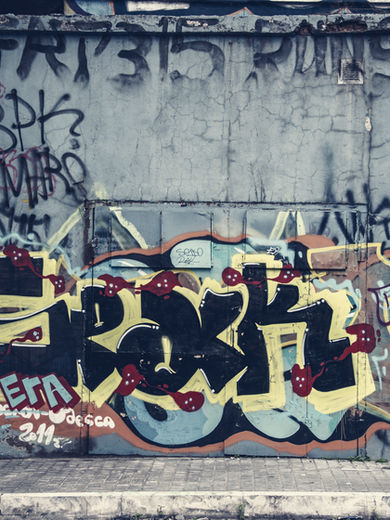Waterproofing
Providing Everything You Need
Tanking & Membrane Systems
Waterproofing membrane systems are essential components in construction and infrastructure projects, designed to safeguard buildings and structures from water-related damage, including leaks, mold growth, and material deterioration.
Membrane systems are commonly used in various areas, such as basements, roofs, foundations, and below-grade structures, where preventing water ingress is critical.
There are a variety of waterproofing membranes and systems such as fibreglass, butynol, peel and stick...
Anti-Graffiti & Sealers
Anti-graffiti sealers are coatings or treatments applied to surfaces to prevent or minimize damage caused by graffiti.
Anti-graffiti sealers come in two types: sacrificial and non-sacrificial.
Sacrificial sealers are one time use coatings that are applied to the surface and are designed to be removed at the same time as the graffiti, sacrificing itself to protect the underlying surface.
Non-sacrificial sealers are more permanent coatings that remain on the surface and are designed to be resistant to graffiti which allows it to be easily removed without damaging the surface.
Deciding which type of anti-graffiti or sealer to use depends on the specific requirements and conditions of the job, consulting with experienced...
Hydrophobic Injection
Concrete is an incredibly resilient and durable building material. However, over time, the presence of moisture can gradually degrade its structural integrity.
Hydrophobic (water-repelling) injection is a specialized process that involves forcing resin into compromised concrete structures. Typically used in situations where moisture is present, such as basement leaks or areas with a high water table, this high-pressure injection technique creates a barrier against further water ingress.
Upon contact with moisture, the resin transforms into a foam that can expand up to 40 times its original volume, effectively repelling additional water from entering.
This method is highly effective in safeguarding concrete against the damaging effects of moisture. It not only halts the progression of deterioration but also enhances the structure's resilience.
Elastomeric Joint Sealants
Joint sealants play a crucial role in ensuring the durability and functionality of concrete walls and floors, serving two primary purposes: waterproofing and flexibility.
Waterproofing - Preventing Water Ingress and Moisture Damage
concrete can develop cracks and joints over time due to various factors such as improper curing, temperature changes, or structural movement.
These openings create pathways for water to penetrate, which can lead to various issues, including mold growth, degradation of concrete, and damage to the building's foundation.
Joint sealants create a watertight seal to any gaps, preventing water and moisture from getting in.














